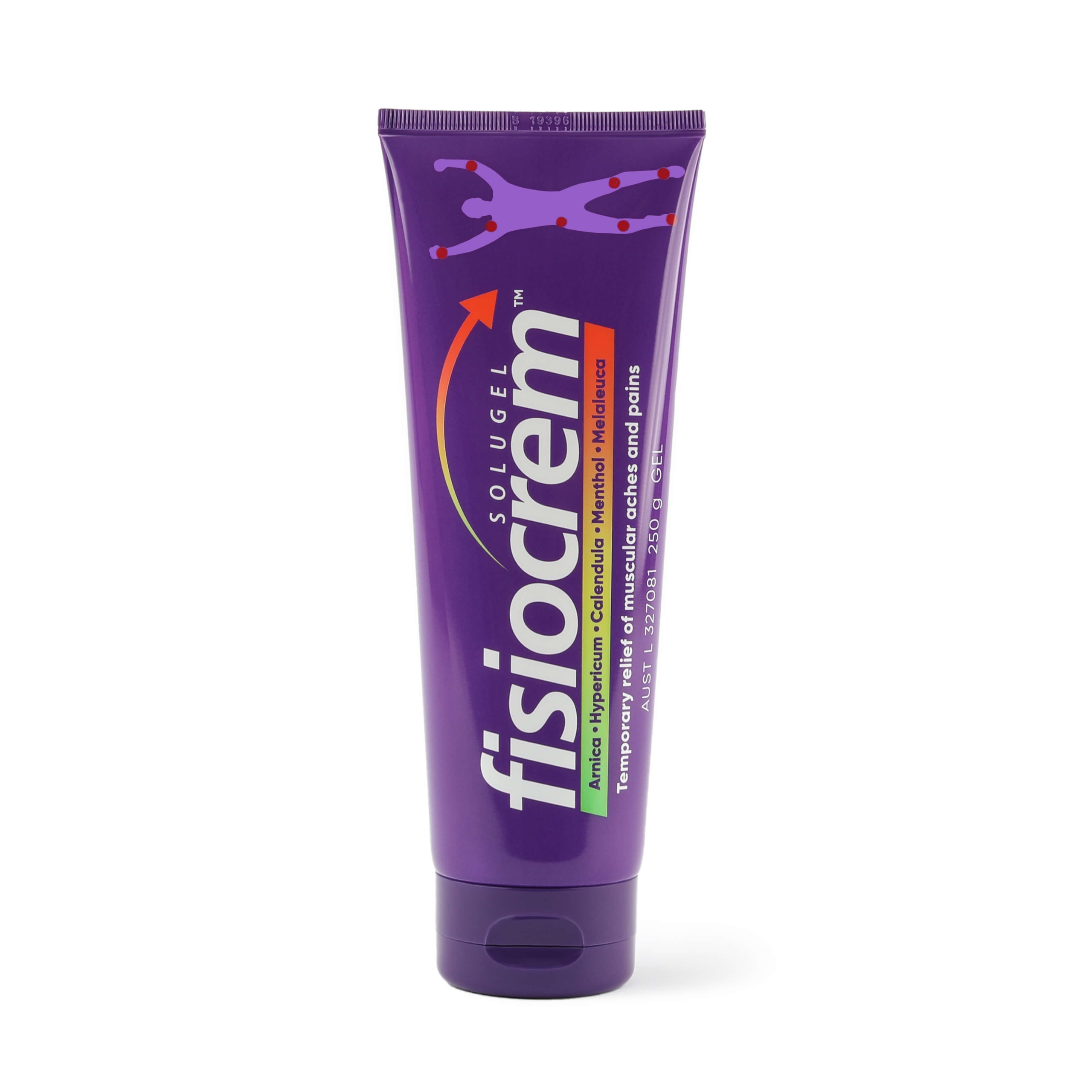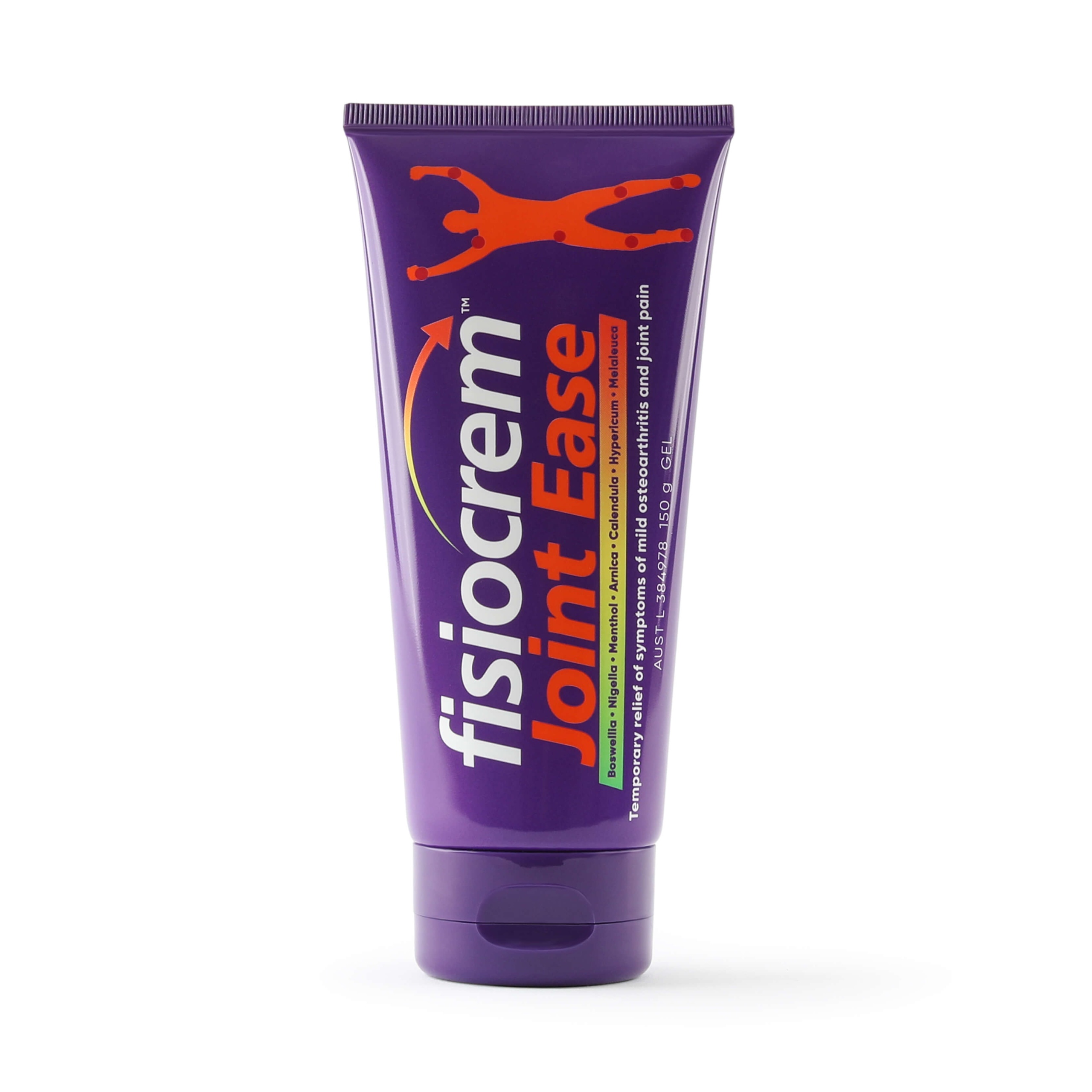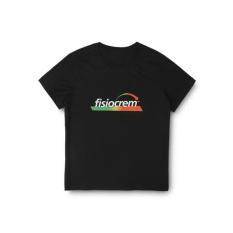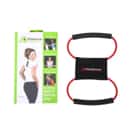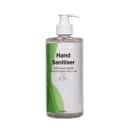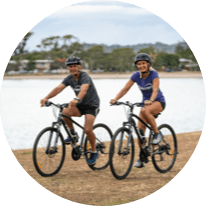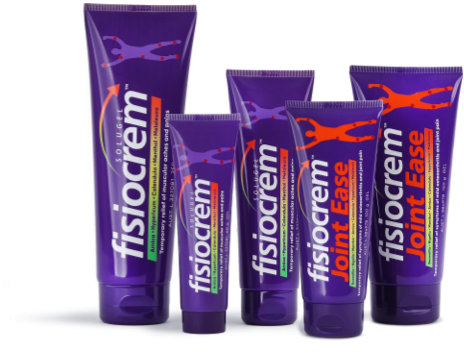Studies have identified that there is a positive relationship between neck pain and the following work-related risk factors: neck flexion, arm posture, duration of sitting, twisting or bending of the trunk of the neck, and workplace design (Ariëns, G. A., van Mechelen, W., Bongers, P. M., Bouter, L. M., & van der Wal, G. 2000).
Poor posture is a factor that can cause neck pain. The way your body and neck are positioned when standing or sitting can influence this. A person with a more forward head posture position is more likely to experience neck pain (Silva, A., Punt, T., Sharples, P., Vilas-Boas, J., & Johnson, M. 2009).
Studies have identified an increased occurrence of neck pain in those that work in an office and or are computer workers (Hoy, D., Protani, M., De, R. and Buchbinder, R. 2010). To ensure good posture, position the body correctly and make sure your weight is evenly balanced.
An ergonomic workplace will help reduce risk factors such as muscle strain and muscular tension that are commonly associated with an increased risk of developing neck pain (Wahlstrom, J. 2004). An ergonomic workplace and work position should involve changing between sitting, standing and walking on a regular basis, placing regularly used items within close proximity to avoid overreaching, having good posture, adjustable chairs and desks, correct keyboard and mouse positions, looking around, and more.
Following good ergonomic processes and creating an ergonomic environment will help avoid injury by reducing risks associated with neck pain.
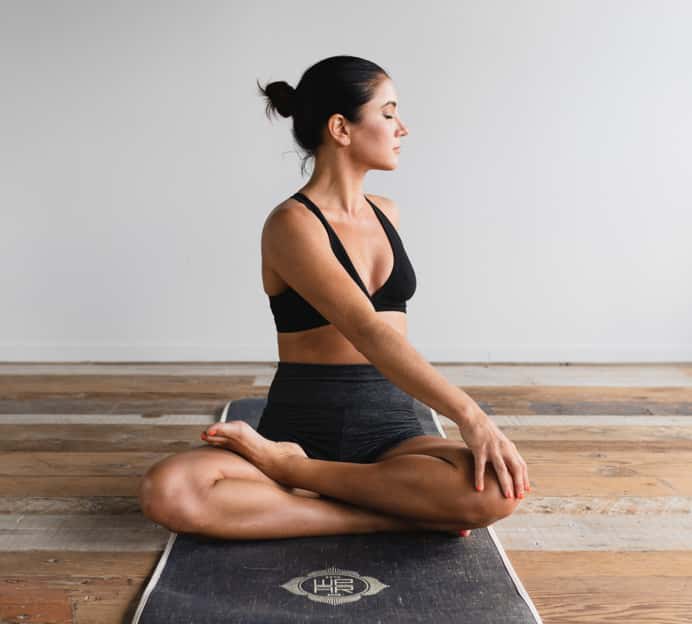
Take regular stretch breaks to change the position of your joints and to help loosen your muscles.

Be mindful of your posture.
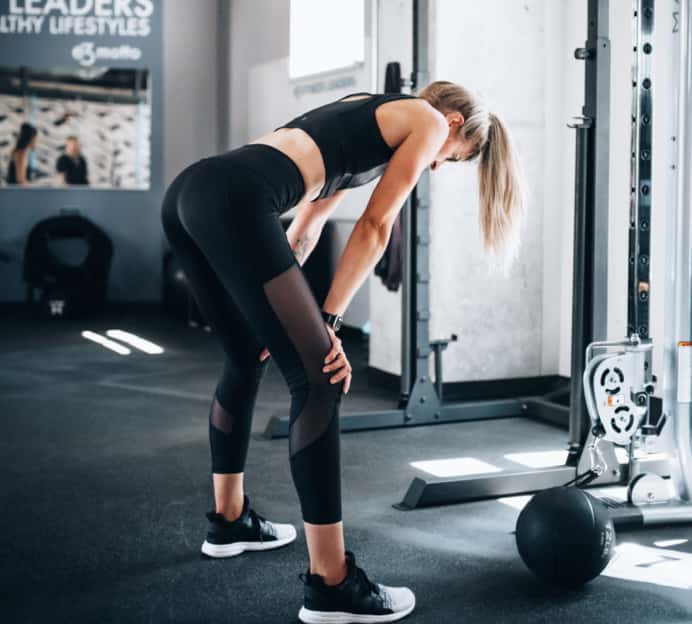
Regular activity will improve your posture and improve your muscle strength.
Most cases of acute (short-term) neck pain will resolve over a period of days or a couple of weeks, but a substantial proportion of individuals will be left with residual or recurrent symptoms (Steven, C. 2015).
Physiotherapy can help with increased neck strength, improved function and health-related quality of life as well as reduced pain. Active strengthening exercises can be beneficial to help achieve these outcomes; the inclusion of additional stretching and aerobic exercise components can enhance the benefits of exercise intervention (Cliona O, Amanda C, Pepijn V, John N, 2014).
Try some of the following techniques to help relieve neck pain:
- Using heat or cold products can help relieve pain and stiffness. (E.g. heat products like heat packs, heat rubs, hot water bottles, etc. or cold products like ice packs, and ice gels)
- Rest – Temporarily rest, but not for too long as too much rest can result in stiff neck muscles. Try gentle exercises such as those mentioned below to loosen the muscles and ligaments.
- Posture – Poor posture puts stress on your neck muscles, make a conscious effort to maintain good posture.
- Massage – Massage can help relieve stress and muscle tension.
- Anti-inflammatory or analgesic creams or gels – topical gels can help provide temporary relief for neck pain.
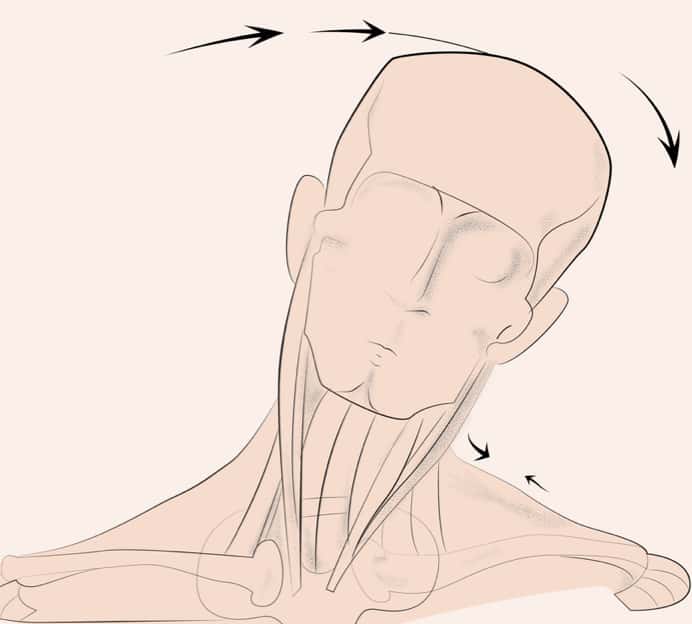
Tilt your head towards one of your shoulders then to the other, leading with your ear.
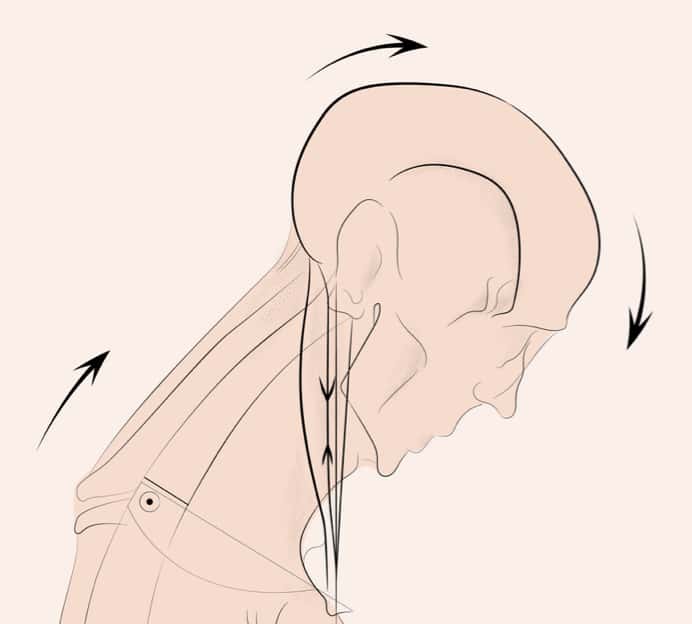
Tilting your head down to rest your chin on your chest and then up towards the sky.
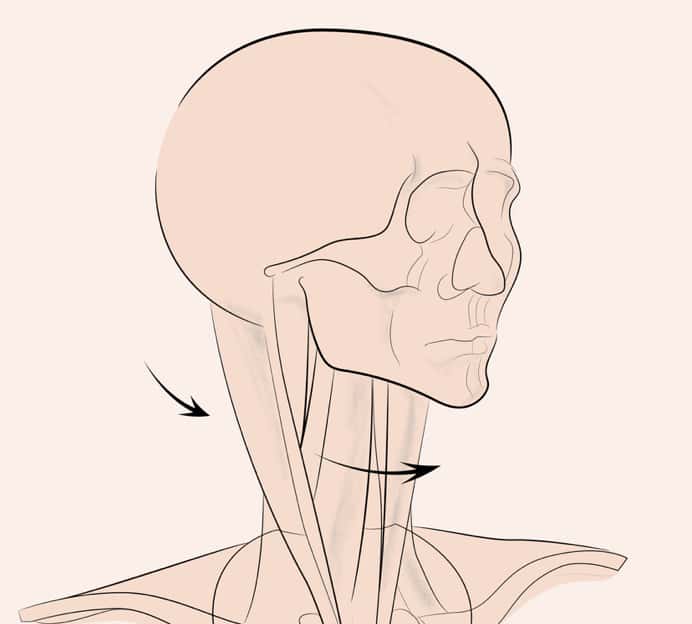
Turn your head from one side to the other.
You should see your general practitioner or other health care professional for further advice if:
- the pain worsens
- the pain is severe
- the pain lasts longer than a couple of weeks
- you are experiencing numbness, tingling, or pins, and needles in your arms and or legs
- you are experiencing weakness in your arms and legs

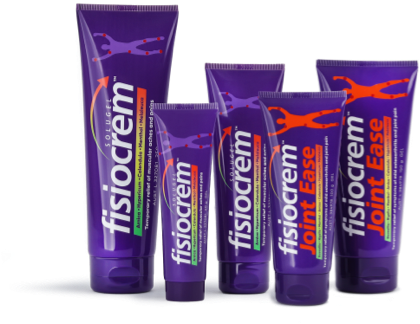
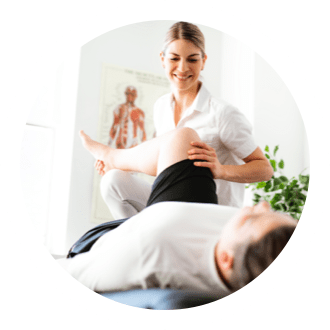
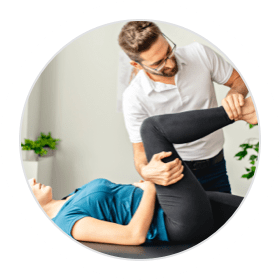



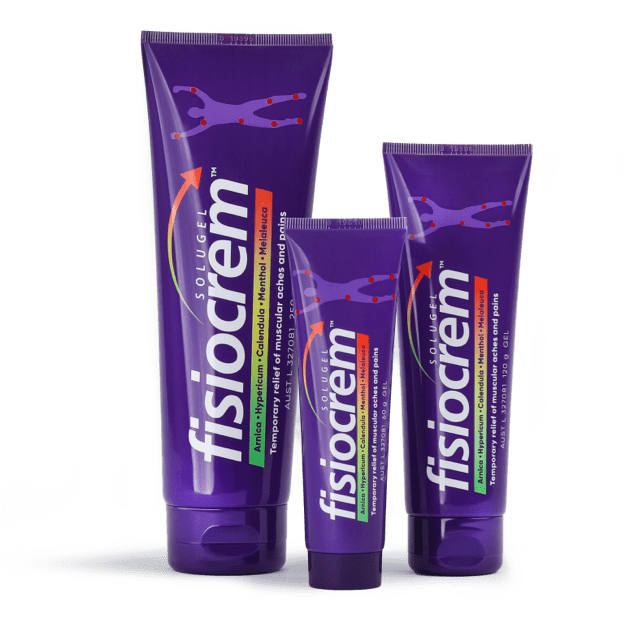
For the temporary relief of muscular aches and pains.
fisiocrem Solugel is a topical muscle pain relief gel containing menthol and naturally derived active ingredients of arnica, hypericum (St John’s wort), calendula, and melaleuca for the temporary relief of muscular aches and pains. fisiocrem Solugel is a topical anti-inflammatory gel that can assist in providing temporary neck pain relief. fisiocrem Solugel helps relieve mild muscle spasms and twitches and helps to relieve muscle strain.
Shop fisiocrem Solugel for neck muscle pain.
For the temporary relief of symptoms associated with mild osteoarthritis and joint pain.
fisiocrem Joint Ease is an analgesic arthritis blend for the temporary relief of symptoms of mild arthritis, mild osteoarthritis, and joint pain. fisiocrem Joint Ease contains menthol and naturally-derived active ingredients of boswellia, nigella, menthol, arnica, calendula, hypericum, and melaleuca. fisiocrem Joint Ease can assist with pain related to joints and mild arthritis.
Shop fisiocrem Joint Ease for joint pain.



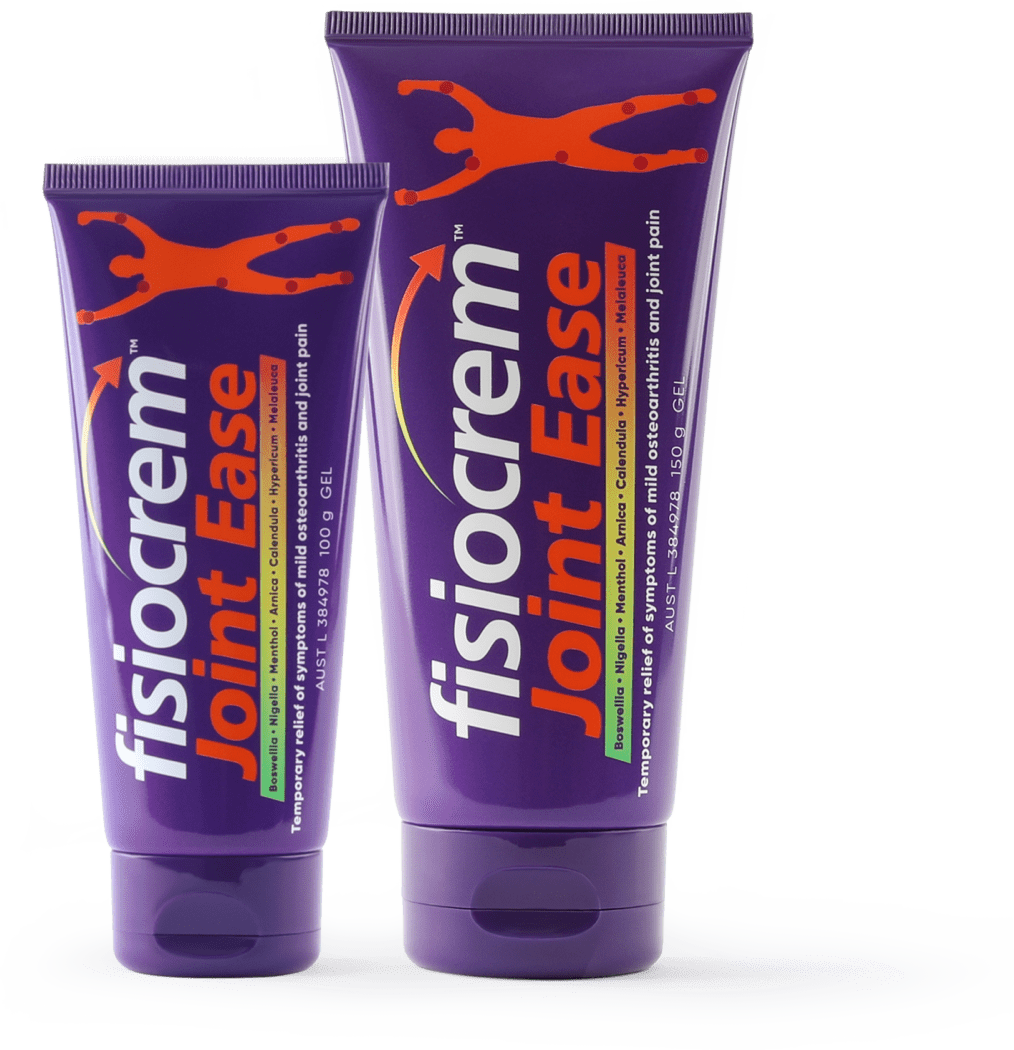
Citations
- Ariëns, G. A., van Mechelen, W., Bongers, P. M., Bouter, L. M., & van der Wal, G. (2000). Physical risk factors for neck pain. Scandinavian Journal of Work, Environment & Health, 26(1), 7–19. http://www.jstor.org/stable/40967013
- Cliona, O., Amanda, C., Pepijn, V., John, N. (2014). Chronic neck pain and exercise interventions: frequency, intensity, time and type principle. Archives of physical medicine and rehabilitation. Elsevier 95, 770-783 (2014). https://www.sciencedirect.com/science/article/abs/pii/S0003999313012227
- Hoy, D., Protani, M., De, R. and Buchbinder, R. (2010) The epidemiology of neck pain. Best practice & research clinical rheumatology, 24(6), 783-792. https://www.sciencedirect.com/science/article/abs/pii/S1521694211000246
- Silva, A., Punt, T., Sharples, P., Vilas-Boas, J., & Johnson, M. (2009). Head Posture and Neck Pain of Chronic Nontraumatic Origin: A Comparison Between Patients and Pain-Free Persons. Archives Of Physical Medicine And Rehabilitation, 90(4), 669-674. https://www.sciencedirect.com/science/article/abs/pii/S0003999309000616
- Wahlstrom, J. (2004). Perceived muscular tension, job strain, physical exposure, and associations with neck pain among VDU users; a prospective cohort study. Occupational and environmental medicine, 61(6), 523-528. https://oem.bmj.com/content/61/6/523.short

